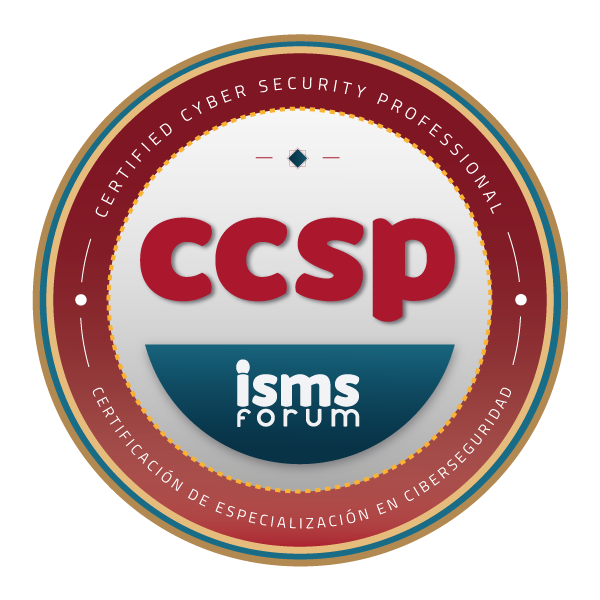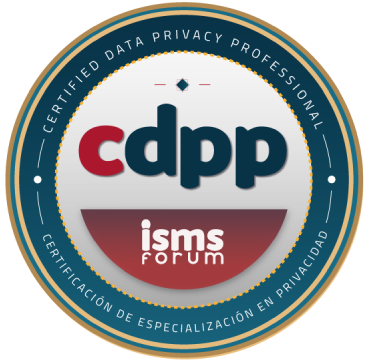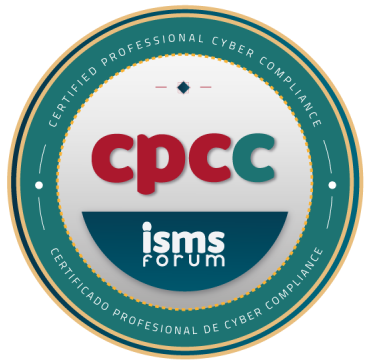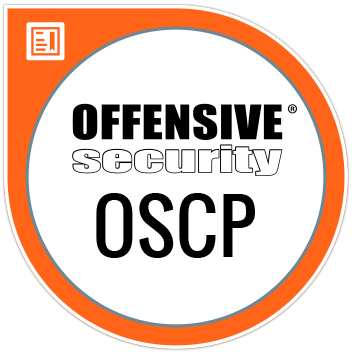“BROWNFIELD” Migration
The transition of a system SAP ERP existing to the latest version, SAP S/4HANA, It's an essential step for companies that want to stay current and competitive. But how will this affect SAP customers in 2027?
The impact of 2027 on SAP customers
This year, SAP will end standard support for its flagship product, SAP ECCThis means that, as of that date, no further product updates, security patches, or bug fixes will be provided for SAP ECC. With an estimated 70% of Business Suite 7/ECC customers yet to migrate to SAP S/4HANA, S/4HANA sales are experiencing unprecedented growth, according to SAP financial data.
This change has a direct impact on the demand for certified consultants, as a wave of migration is expected in the short term. Evidence of this is reflected in the following graph, which illustrates the projected increase in migration projects in the coming years.
This year, SAP will end standard support for its flagship product, SAP ECC. This means that, as of that date, no further product updates, security patches, or bug fixes will be provided for SAP ECC. With an estimated 70% of Business Suite 7/ECC customers yet to migrate to SAP S/4HANA, S/4HANA sales are experiencing unprecedented growth, according to SAP financial data.
This change has a direct impact on the demand for certified consultants, as a wave of migration is expected in the short term. Evidence of this is reflected in the following graph, which illustrates the projected increase in migration projects in the coming years.

Brownfield Project: The Smart Strategy
What does a project entail? brownfield in the context of SAP? This approach involves working with a pre-existing SAP system and making improvements or changes to it, rather than starting from scratch with a completely new implementation (Greenfield). This can range from upgrading SAP versions to migrating to a new platform or implementing new features in an existing SAP system.

Key Advantages of the Conversion Scenario:
- Investment Protection: Opting for a brownfield project allows you to leverage the investment made in the existing SAP system. Instead of starting from scratch, you can migrate data, configurations, and customizations to the new SAP S/4HANA environment, thus protecting your investment in time, resources, and money.
- Shorter Implementation Time: Compared to a greenfield project, a brownfield project typically requires less implementation time. Reusing existing data and structures reduces the need to configure everything from scratch, enabling faster implementation and less disruption to business operations.
- Business Continuity: A brownfield project minimizes the impact on business operations by allowing for a gradual and controlled migration from the existing system to SAP S/4HANA. Planned migration stages and testing ensure that critical processes continue to run smoothly during the transition.

- Lower Risk: This approach involves lower risk compared to a greenfield project, as it relies on an existing, proven system. By maintaining existing structures and processes, the risks associated with adopting new processes and systems are reduced, ensuring a smoother transition.
- Knowledge and Experience: By opting for a brownfield project, you leverage the knowledge and experience gained from the existing system. Staff are already familiar with the current system, easing the transition to SAP S/4HANA and reducing the need for extensive training.

In short, a SAP brownfield project is not only the most sought-after type of project for consultants in today's market, but it also offers advantages such as investment protection, faster implementation time, business continuity, lower risk, and the utilization of existing knowledge. A fascinating journey toward business modernization!
Discover our SAP training
We have our Master in Financial Management and Functional Consulting SAP S/4HANA Finance, Official Sap S/4Hana Sourcing And Procurement Certificate and Sap S/4Hana Finance Official Certificate.














